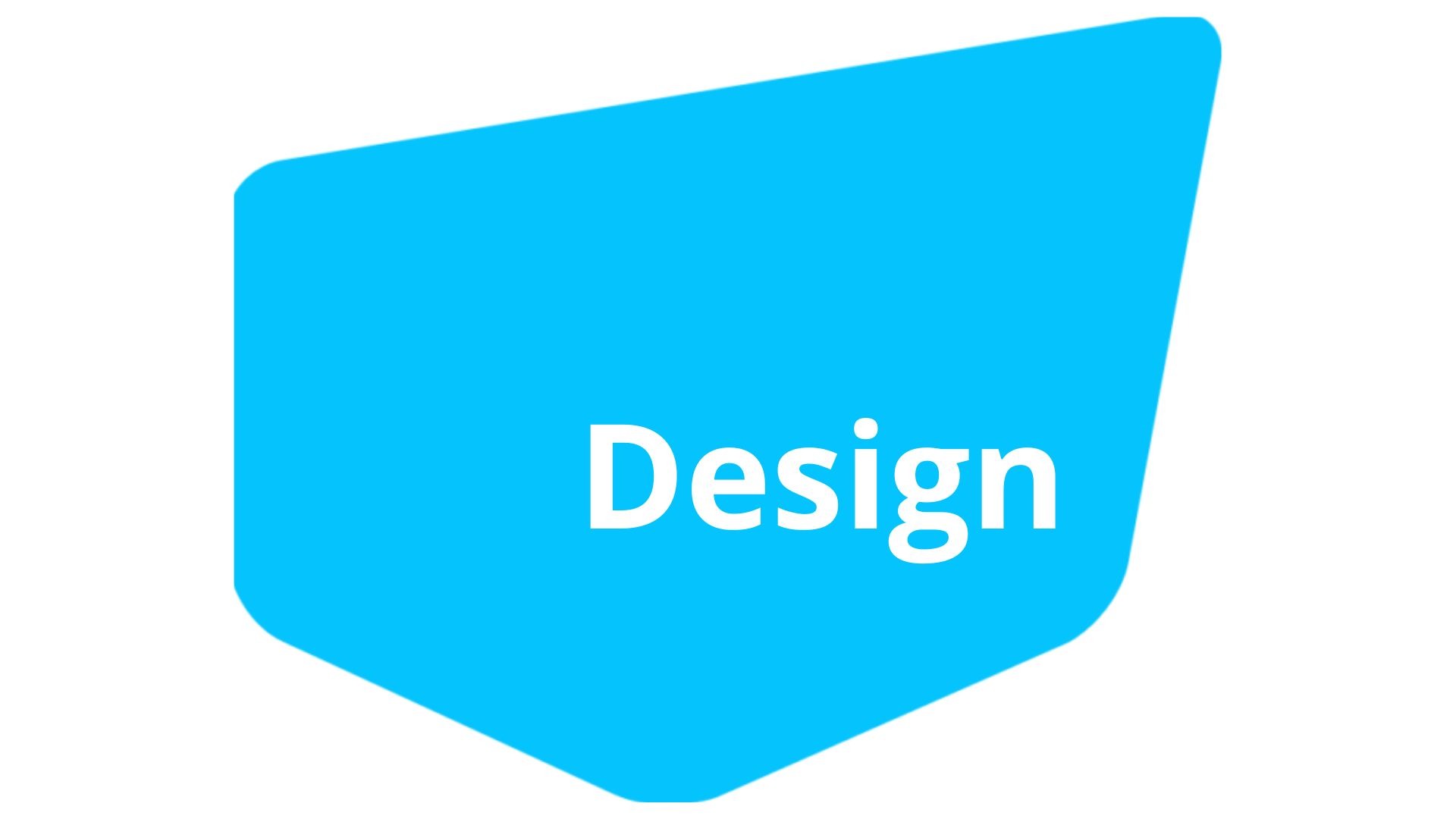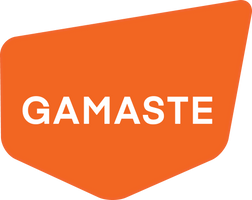
2025/07 - Design - How To Create Playable Stories - Level 1 (Susan O'Connor)
Formation créée le 16/01/2024. Dernière mise à jour le 07/05/2025.
Version du programme : 1
Programme de la formation
The Challenge Game writers and narrative designers all face difficult challenges at work. How do you craft compelling stories that don’t get in the way of player agency? How do you create characters that connect with ALL of your players? And most of all, how do you collaborate successfully with designers to create playable stories that gamers will love? EVERY game writer faces these same challenges - and most game writers have to face them alone, without established frameworks or a supportive community of peers. The result? Frustration, rework, compromised stories, and the nagging feeling that your work isn’t nearly as good as it could be. The Solution This intensive 2-day masterclass equips you with practical strategies and proven techniques to solve those universal narrative challenges. Led by industry veteran Susan O'Connor, who has worked on acclaimed titles like BioShock, Far Cry, and Tomb Raider, you'll learn approaches that have helped create games played by millions. This interactive workshop focuses on hands-on exercises, allowing you to work with these concepts and apply them directly to your projects. You'll also join a supportive community of fellow game developers who understand your challenges and are eager to develop new solutions. Training Programme In this 2-day masterclass, you will discover: - The "magic-wand solution" that brings story and gameplay together (this is our most popular lesson!) - Why the star of your game's story might surprise you - and how this simple change has led to some of the most celebrated games of our time - The secret language that turns character traits into gameplay mechanics - see how top studios blend who characters are with what players do - How to create characters that "remember" what players do - move beyond the illusion of interactivity to create a story that feels alive - How to shape characters for any type of game - make sure your characters work, no matter what genre you’re working in July 3rd & 4th in Bordeaux
Objectifs de la formation
- Apply the story stack framework to align narrative with gameplay mechanics in your current projects
- Transform character traits into gameplay elements that enhance both story and player experience
- Develop narrative frameworks that adapt to player choices without breaking your production budget
- Build character documentation that inspires collaboration across all development departments
- Design characters that respond dynamically to player actions across different game genres
- Implement practical storytelling techniques that designers appreciate and players remember
Profil des bénéficiaires
- Game Writers
- Narrative Designers
- Any game developer that cares about storytelling in games
- Enthusiasm for working with interactive narrative, either at work or on personal projects
Contenu de la formation
-
The Story Stack: Every Game Writer's Secret Weapon (Day 1)
- How to align narrative with player fantasy, actions, and game systems
- Why the least flexible element might surprise you
- Case studies from recent games like Baldur's Gate 3 and Hades II
-
Co-Creating Stories with Designers and Players (Day 1)
- The 7-step story structure that works for any game
- Defining who owns each step (writer or designer)
- How to create stories that adapt to player choices
-
The NPC as Protagonist Theory (Day 1)
- Why making an NPC your true protagonist can free your narrative
- How this approach worked in games like BioShock and Portal
-
Becoming the Writer Designers Love to Work With (Day 1)
- Problem-solving through narrative
- Blending systems thinking with character development
- Creating characters that serve gameplay needs
-
Characters That Serve Your Game (Day 2)
- Aligning characters with player fantasy and gameplay mechanics
- How platform and genre shape character development
- Turning character traits into meaningful gameplay elements
-
Characters That Engage Your Team (Day 2)
- Collaborative character development across departments
- Creating characters that inspire artists, designers, and programmers
- Documentation techniques that keep everyone aligned
-
Characters That Connect with Your Player (Day 2)
- Creating characters that truly "listen" to player actions
- Modern techniques for responsive dialogue and adaptive behaviors
- Character development across different game types and audiences
Susan O’Connor has worked on over 25 projects, including award-winning titles in the BioShock, Far Cry and Tomb Raider franchises. Titles in her portfolio have sold over 30 million copies and generated more than $500 million in revenue. She is the Founder & CEO of The Narrative Department, an online academy dedicated to helping game writers master their craft. Susan founded the Game Narrative Summit at GDC and partners with studios, publishers, and writers to help teams develop and ship great games with compelling stories. She is committed to supporting creative professionals in the gaming industry so that they can do their best work.
- Assessment of acquired skills via a questionnaire
- Documents supports de formation projetés.
- Exposés théoriques
- Etude de cas concrets
- Mise à disposition en ligne de documents supports à la suite de la formation.
Qualité et satisfaction
Modalités de certification
- Délivrance d'un certificat de réalisation
